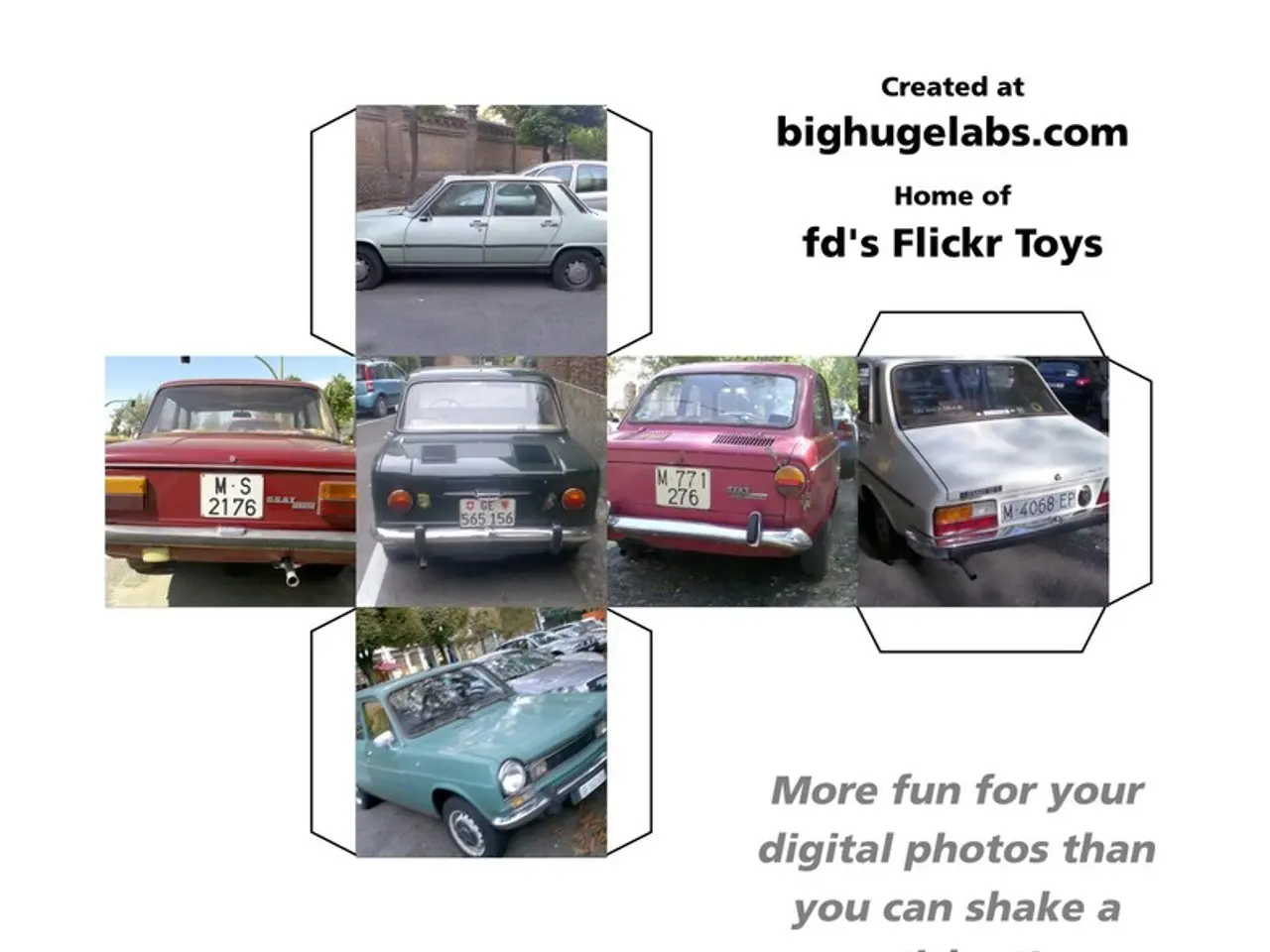Automotive Industry Needs to Enhance Its Innovative Approach
In an effort to alleviate tension within the automotive supply chain, Brian Bolam, deputy chairman of ELUPEG, has suggested viewing the supply chain as a means to an end, rather than a competitive weapon. This forward-thinking approach was discussed at a recent meeting hosted by DHL's Innovation Centre near Bonn, Germany.
ELUPEG, an association dedicated to promoting logistics collaboration, has had success in the past, such as the development of shared inbound milkruns between major OEMs. However, discussions around the CO3 project have shown potential for a structural breakthrough in European logistics, an area where the automotive industry continues to be seen as a best practice benchmark for supply chain efficiency.
Despite this, some carmakers have been hesitant to collaborate, fearing that a partner might not meet standards. Speakers at the meeting expressed concern that the industry's own efficiency might be hindering its ability to adapt and change. This inflexibility is in stark contrast to the fast-moving consumer goods (FMCG) and hi-tech sectors, which are taking the lead in logistics developments with more examples of shared-user services and collaboration.
The carmakers who participated in these initiatives and remain ELUPEG members have failed to share details of their success. This lack of transparency has raised questions about the industry's willingness to embrace change. Prof. Dr Sebastian Kummer from WU Vienna University of Economics and Business recognised the automotive industry's tradition of leading innovations for supply chain efficiency, but also noted that the sector is seen as simply confirming its current paradigm, rather than looking at new innovations through exposure to cross-industry solutions.
Some conspicuously successful carmakers were absent at the May meeting, fueling speculation about their reluctance to collaborate. This reluctance is further compounded by an insular attitude within the automotive sector, contributing to fractious relationships between carmakers and transport providers.
In an attempt to rectify this gap, ELUPEG has announced its next meeting in Amsterdam in November. The association is keen to encourage more openness and collaboration, with Ford's LLP strategy being seen as a potential stepping stone towards this goal. The success of DHL's Tradeteam joint venture with Molson Coors for the drinks industry, which improved transport costs through a high level of synergy, is a prime example of the shift from a traditional supply chain to a collaborative consumer end-to-end supply chain.
As the automotive industry grapples with issues such as empty and circuitous return legs on inbound shipments, low-capacity utilisation in finished vehicle movements, and antitrust issues, it is clear that change is necessary. Whether the industry will embrace this change remains to be seen, but ELUPEG's efforts in Amsterdam in November could be a significant step towards a more collaborative and efficient future.
Read also:
- visionary women of WearCheck spearheading technological advancements and catalyzing transformations
- A continuous command instructing an entity to halts all actions, repeated numerous times.
- Oxidative Stress in Sperm Abnormalities: Impact of Reactive Oxygen Species (ROS) on Sperm Harm
- Genetically manipulated rabbits sprout ominous black horns on their heads








